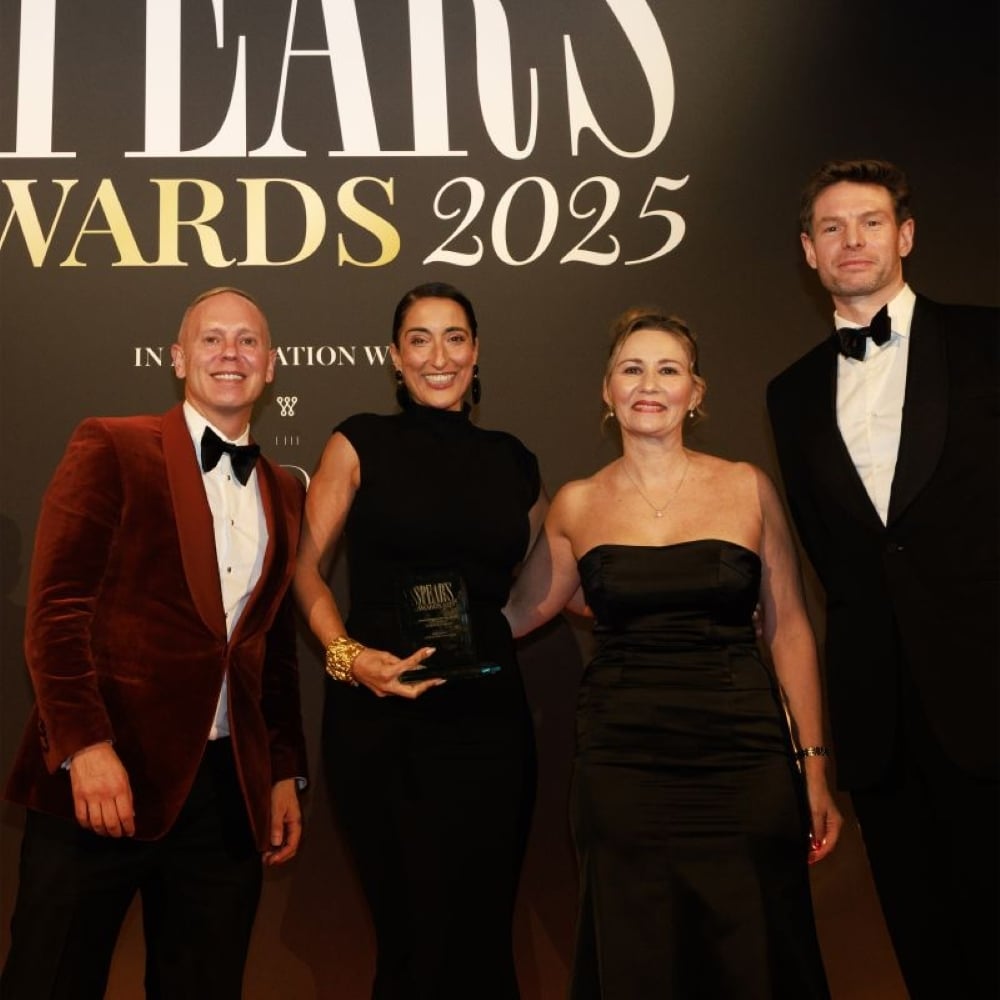Engineering Icons: Two Remarkable Cars Headline the RM Sotheby’s London Sale
For nearly two decades, RM Sotheby’s has stood at the forefront of the United Kingdom’s luxury car scene — its annual London auction now an institution in its own right that graces the capital’s event calendar. From pre-war legends to latest supercars, the sale is a celebration of design, innovation, and the everlasting appeal of automotive excellence. In 2024, the auction found a new home at The Peninsula London. Officially inaugurated earlier that summer, it offers a suitable stage for machines of such provenance. The hotel’s stately architecture, impeccable service and prime position overlooking Hyde Park provided a setup that matched the occasion. The result was an event that benchmarked the lineup and sale.
This year, RM Sotheby’s returns once more to The Peninsula as part of London Motor Week to be held from 27 October to 2 November, culminating with the London to Brighton Veteran Car Run — an event now entering its 129th year of the 1896 Emancipation Run with RM Sotheby’s proud title sponsorship.
Among the many treasures scheduled with the lots are two automotive marvels, each an exemplar for its respective marque. Although separated by nearly a century, they share an uncommon commitment to perfection, artistry and fine engineering: the 1937 Alfa Romeo 8C 2900 B Spider in the style of Zagato, and the 2024 Aston Martin Valkyrie Coupe.
1937 Alfa Romeo 8C 2900 B Spider in the Style of Zagato

In the 1930s, few names commanded the racetrack quite like Alfa Romeo. With their roaring monopostos and a legacy cemented by Grand Prix triumphs, the marque embodied the romance and ingenuity of Italian engineering. The Alfa Romeo came as a worthy contender to the German Silver Arrows, which conquered the racetrack but failed to adapt its application for everyday use. And this is what truly set Alfa Romeo apart — its ability to translate racing technology into cars built for the open road — none more so than the 8C 2900. Developed at the height of the pre-war racing era, the 8C 2900 was, in essence, a racetrack Grand Prix car dressed in evening wear. Its twin-supercharged 2,905 cc eight-cylinder engine, derived directly from the P3 Tipo B, delivered formidable power. With independent suspension and an exceptionally light chassis, it was one of the fastest road cars of its generation.
Only 38 examples were ever built of the 2900, and today they are considered among the most beautiful and valuable pre-war Alfa Romeos ever created with only a few models found today. The most coveted among them were the so-called “Long Spiders” — a name that slightly overstated the fact since the wheelbase was extended by just 20 centimetres. Yet even that modest extension transformed the car’s proportions, lending its two-seater layout more comfort, and long-distance appeal, and by extension elevating its desirability.
Chassis 412011 was completed in 1937 and first delivered to German ceramics magnate Ernst Carstens, who commissioned a unique, locally-built Cabriolet body. Wartime records are unclear, but the car is thought to have stayed with the Carstens family until the mid-1950s. After changing hands several times, it underwent a partial restoration in 1969; the chassis was rebuilt, though the original engine, replaced at some point during its life, could not be recovered.
In the 1980s, British collector and Alfa Romeo enthusiast David Black acquired Chassis 412011 and began an ambitious, ground-up restoration. Working with the misconception (commonly accepted as factual at the time) that the car had originally been a shorter, sportier model that had been extended to form the Cabriolet body, he set out with the aim to restore it to its “original” condition — in a Spider body. Following his passing, his family ensured the project’s completion, with subsequent refinements undertaken by a renowned trio of restorers two decades later.
The car retains many original numbered components, and in July 2025, its engine underwent a full rebuild. Accompanying the sale is the original Cabriolet body, allowing collectors the rare opportunity to present it either in its authentic pre-war form or its later, sportier guise.
Today, the 8C 2900 B Spider stands not only as a masterpiece of mechanical craftsmanship but as a window into an age when automobile engineering was as much an art as it was a science. It also stands testimony to the painstaking preservation of this automobile through over 40 years of single-family ownership. As such, it is one of the most important Alfa Romeos ever to grace the RM Sotheby’s rostrum.
2024 Aston Martin Valkyrie Coupe

Fast forward to the 21st century, and the same spirit of innovation embodies itself in the Aston Martin Valkyrie — conceived in collaboration between Aston Martin, Red Bull Advanced Technologies, and legendary Formula One designer Adrian Newey, one of the designers behind many F1 championship racers. The Valkyrie was born from a singular vision: to create a next-gen hypercar. Codenamed the ‘Nebula,’ it was a nod to the aerospace-grade engineering that went into its design and a sly reference to the names of the three stakeholders involved.
The finished creation would be christened “Valkyrie” after the mythical Norse deities who rode winged horses into battle, and an apt name for a car that could challenge any racer on earth. Its chassis, crafted entirely from carbon fibre without a trace of steel, achieves remarkable lightness and rigidity, while the design makes it aerodynamic without the need for devices that would break its silhouette. At its heart lies a naturally aspirated 6.5-litre V12, producing an extraordinary 1,160 horsepower. In a testament to its obsessive engineering, the Valkyrie even features the smallest brake light ever fitted to a production car, and a hydraulic system derived from Apache helicopter technology — details that underscore its fusion of aerospace precision and automotive brilliance.
Offered at auction is one of only 25 bespoke right-hand-drive Valkyries built from a total of 150 road-legal coupes. This example, aptly named “Anemos” — the Greek word for “wind” — is as visually arresting as it is technically excellent. It is specified with one of the most extensive options packages ever commissioned for a Valkyrie, adding over £500,000 to its price. The bodywork showcases a purple-tinted exposed carbon fibre mirrored within the cabin by deep purple Alcantara upholstery. Throughout, 24-carat gold leaf detailing adorns the body, the steering wheel toggles, and even the engine start button. Golden Aston Martin wings and “Anemos” logos accentuate its exclusivity, complemented by honeycomb wheels and delicate gold embroidery stitched onto the seats.
Registered in March 2024, only two months after completion, Anemos had covered a mere 112 miles at the time of cataloguing. Beyond its striking visuals, it embodies the very essence of modern British engineering — precision, power, and individuality. Presented in impeccable condition, Anemos represents a glimpse into the future of performance.



